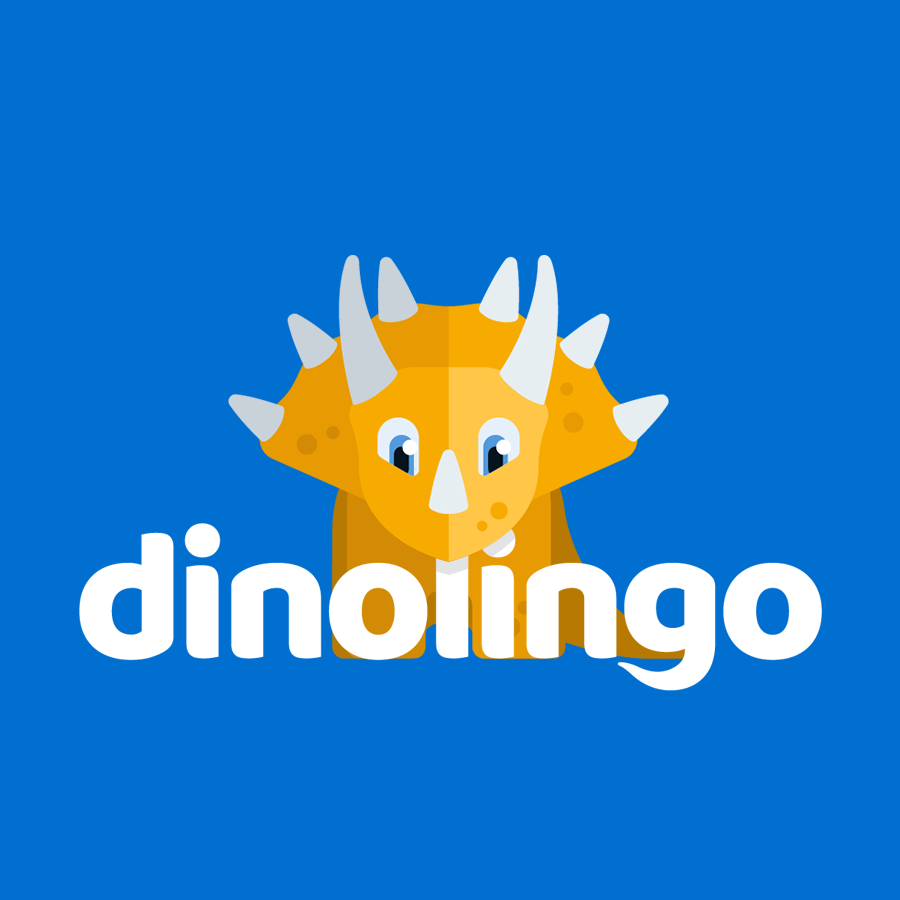The Persian language is part of the Indo-European language family and is one of the world’s oldest languages still in use today. It has a rich literary tradition with many noted poets. The people who speak Persian call the language Fārsī which is the Arabic form of Parsi. Persian is a member of the Iranian branch of Indo-European languages spoken by about 130 million people mainly in Iran, Afghanistan and Tajikistan. There are also large numbers
of speakers in many other countries including Uzbekistan, Bahrain, Iraq, Turkey, Kuwait, Azerbaijan, Israel, Turkmenistan, Oman, Yemen, the United Arab Emirates and the United States. The language was renamed from Farsi to Dari in Afghanistan during the 1960s. The dialect of Persian spoken in Tajikistan is called Tajiki. There are additional languages besides Persian spoken in other parts of Iran. These languages include Azeri, Kurdish, Arabic, Balochi and Turkmen.
The Persian language has been written with a number of different scripts including the Old Persian Cuneiform, Pahlavi, Aramaic, and Avestan, Cyrillic and Latin alphabets. After the Islamic conquest of the Persian Sassanian Empire in 642 AD, Arabic became the language of government, culture and especially religion. Modern Persian appeared during the 9th century. It is written in a version of the Arabic script and is full of words of Arabic origin. There are also two methods of writing Persian with the Latin alphabet. Under Mongolian and Turkish rulers, Persian was adopted as the language of government in Turkey, central Asia and India, where it was used for centuries and until after 1900 in Kashmir.

Online Persian lessons for kids: dinolingo.com